An Overview of 16 Iranian Ballistic Missiles + Photos
Rokna-This report provides an in-depth examination of Iran’s ballistic missiles, developed domestically in the years following the Islamic Revolution despite stringent international sanctions.
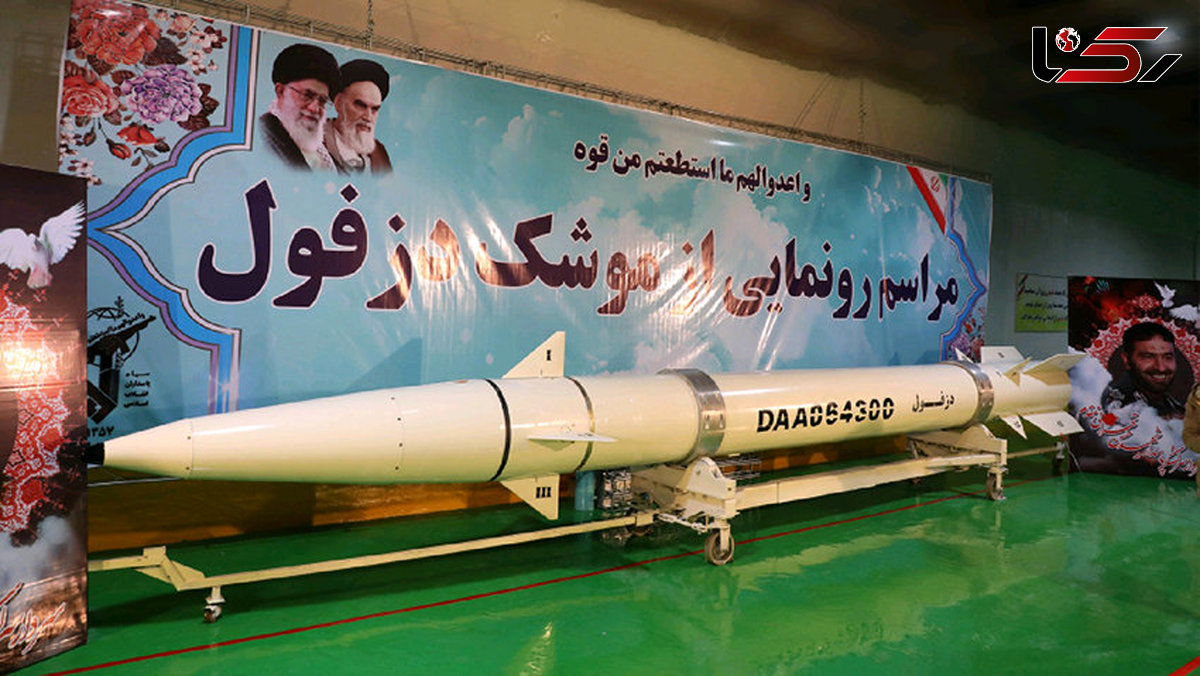
One of the most significant milestones in Iran’s defense achievements was unveiled in 2019, signaling a promising future in missile deterrence capabilities. On Sunday, February 9, a major unveiling took place in the presence of Major General Hossein Salami, Commander-in-Chief of the Islamic Revolutionary Guard Corps (IRGC), and Brigadier General Amir Ali Hajizadeh, Commander of the IRGC Aerospace Force. The event introduced the agile “Raad-500” missile, featuring a non-metallic, composite body and a new generation of propulsion systems.
The use of carbon fiber body technology enabled the missile to withstand 100 bars of pressure and temperatures up to 3,000°C, allowing Iran to develop ultra-lightweight missiles. Compared to the steel-bodied Fateh-110 missile, the Raad-500 weighs half as much while boasting an extended range of 200 kilometers.
The Aerospace Force also unveiled a new missile engine with a movable nozzle. This combination of composite bodies and movable nozzles has enabled Iran to use solid-fuel engines in exo-atmospheric conditions. The achievement marks a generational leap in Iran’s missile technology by facilitating the production of lightweight satellite launch vehicles, low-radar-cross-section surface-to-surface missiles, and maneuverable missiles capable of evading missile shields—all while reducing costs and complexity and increasing production.
Today, Iran’s missile capability constitutes a strategic pillar of the nation’s defense and military power. Given the region’s hostile actors and extensive global sanctions, especially in the military sector—as starkly demonstrated during the Iran-Iraq war when Iraq freely accessed advanced weaponry while Iran struggled to meet basic defense needs—the importance of this missile capability is even more apparent.
Iran’s missile strength is now globally acknowledged, with even adversaries recognizing its potency. A U.S. Department of Defense report described Iran’s missile arsenal as the largest in the Middle East, comprising primarily short- and medium-range missiles.
In this context, we present a brief yet comprehensive review of Iran’s missile capabilities and how they compare to those before the Islamic Revolution.
Iran’s Missile Capabilities Before the Islamic Revolution
On May 30, 1972, U.S. President Richard Nixon, accompanied by National Security Advisor Henry Kissinger, visited Iran and met with Mohammad Reza Shah Pahlavi. As a result, the Shah was granted special permission to purchase any military equipment from the U.S. except nuclear weapons. Despite these agreements, during a subsequent meeting on May 17, 1975, Kissinger informed the Shah that selling surface-to-surface missiles to Iran was a red line for Washington. Up until the Islamic Revolution in 1979, the U.S. did not sell Iran even 60-kilometer-range rockets.
Iran’s Missile Capabilities After the Islamic Revolution
Following the 1979 revolution, Iran transformed from a missile buyer into one of the world’s leading producers of ballistic and precision-guided missiles. Other nations now seek to procure missile systems from Iran.
The strategic need for missile technology became evident just 17 days after the Iran-Iraq War began, when Iraq launched a Frog-7 missile at the city of Dezful on October 9, 1980, killing 70 civilians. Iraq’s repeated missile attacks on Iranian cities—1,706 times by March 21, 1984—went largely unanswered by international organizations.
In July 1984, Iranian leaders concluded that retaliatory missile strikes on Iraqi cities might deter further attacks. Despite extensive efforts, no nation was willing to sell Iran missiles. Eventually, Syria agreed to train Iranian officers in missile operations. Libya’s Muammar Gaddafi also agreed to deliver eight Russian-made Scud-B missiles, two launch platforms, and operating crews.
On October 25, 1984, thirteen IRGC members, led by Hassan Tehrani Moghaddam, covertly traveled to Syria for training at the 155th Missile Brigade. Despite Syrian officers recommending six months of training for 45 students, the Iranian group completed the program in just two months.
On March 4, 1985, Iraq resumed missile strikes, prompting Iran’s Ministry of Defense to issue a 48-hour ultimatum. Iraq ignored the warning, and at dawn on March 12, Iran fired its first Libyan-supplied Scud missile at the Kirkuk refinery. Subsequent strikes targeted strategic Iraqi sites such as Rafidain Bank, the Officers’ Club, and the Foreign Ministry. These retaliatory attacks forced Iraq to pause its missile campaign, marking Iran’s first successful missile deterrence operation.
Following this, Iran foresaw further isolation in missile procurement and, on April 4, 1985, began reverse engineering two Scud missiles under Tehrani Moghaddam’s direction. Gaddafi, under pressure from Saddam Hussein, ceased cooperation with Iran, and Iraq resumed missile attacks in December 1986. Despite the departure of Libyan technicians, Iran, only 17 days later, successfully fired a Scud missile at the Iraqi Air Force headquarters in Baghdad, stunning observers.
Iran then turned to North Korea, acquiring missile technology and production expertise. By the early 1990s, Iran had produced its first homegrown missile—Shahab-1. Although its range was limited, it paved the way for longer-range models like Shahab-2 and Shahab-3.
To improve missile accuracy, Iran invested five million hours in R&D, eventually producing the Fateh-110 in 2002 with a 10-meter precision range. This marked a new chapter in indigenous missile manufacturing.
In 2009, Iran tested the Sejjil missile—a 22-ton, solid-fuel missile capable of re-entering Earth’s atmosphere at speeds exceeding Mach 14. Experts argue it is impossible to intercept.
We now examine the specifications of Iranian ballistic missiles developed domestically in the years following the Islamic Revolution, despite international sanctions:
1. Shahab-1 Missile
The Shahab-1 missile was produced through reverse engineering and is derived from the Soviet-made Scud-B missile. It uses liquid fuel and is equipped with two internal
fuel tanks and a one-ton warhead.
Shahab-1 has a
range of 320 kilometers and a length of 11.2 meters. It is launched from a fixed platform and has an accuracy of approximately 100 to 150 meters.
The Shahab-1 missile was used in the missile strikes on Camp Ashraf, a base formerly held by the Mujahedin-e Khalq Organization (MKO).
2. Shahab-2 Missile
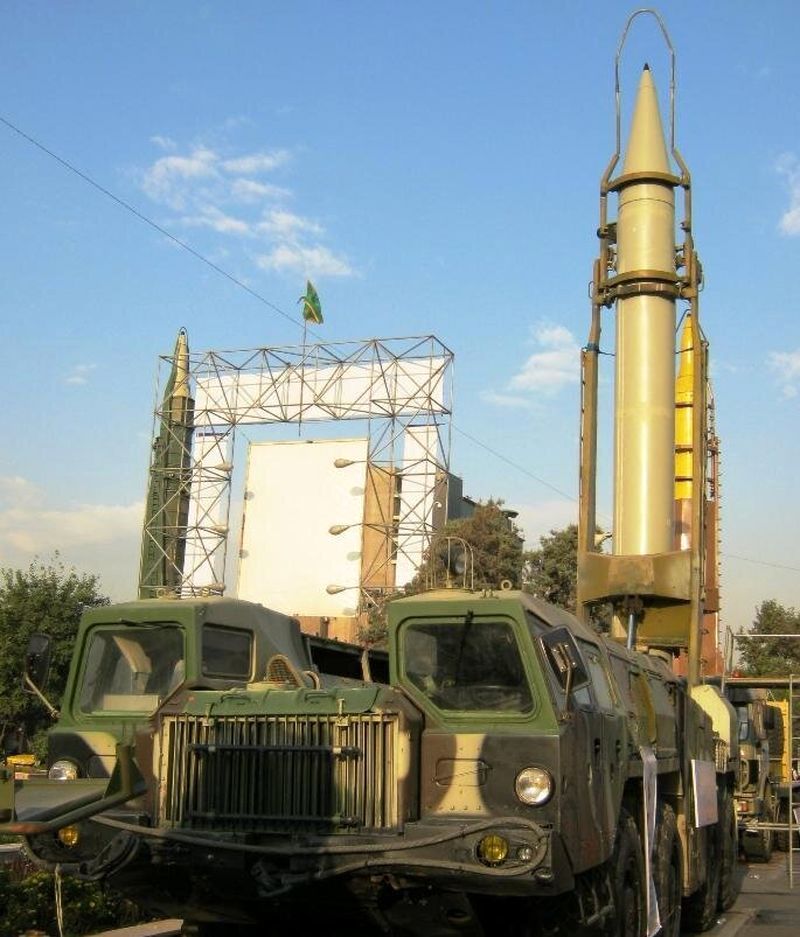
The Shahab-2 is an upgraded version of the Shahab-1 missile. It has a range of 750 kilometers and is equipped with a 750-kilogram warhead. Like its predecessor, it operates on liquid fuel. The Shahab-2 offers improved accuracy, with an estimated circular error probable (CEP) of around 50 meters. The missile measures 12
meters in length and weighs approximately 6 tons.
3. Shahab-3 Missile
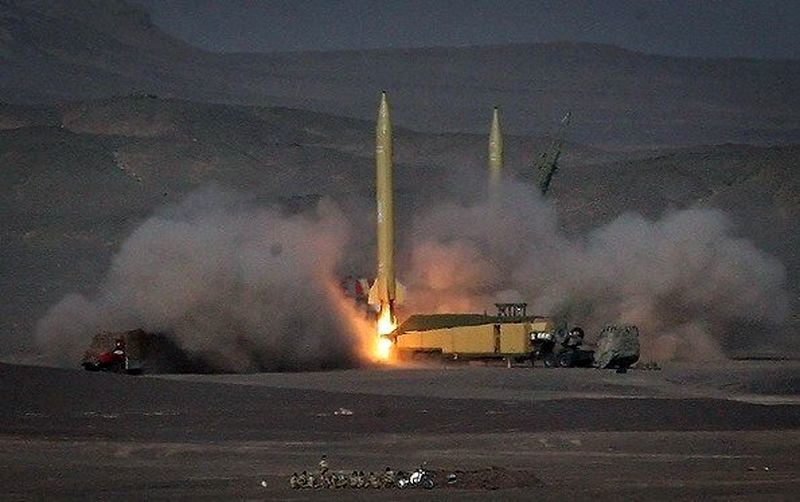
The Shahab-3 is Iran’s first medium-range ballistic missile. It operates on liquid fuel, and in its upgraded variant, it can achieve a range of up to 2,000 kilometers. The missile carries a 700-kilogram warhead. Its variable nozzle and maneuverable control section allow the missile to alter and correct its flight path. The Shahab-3 reaches a terminal velocity of approximately Mach 7. Like its predecessors, it is launched from a mobile launch platform.
4. Fateh-110 Missile
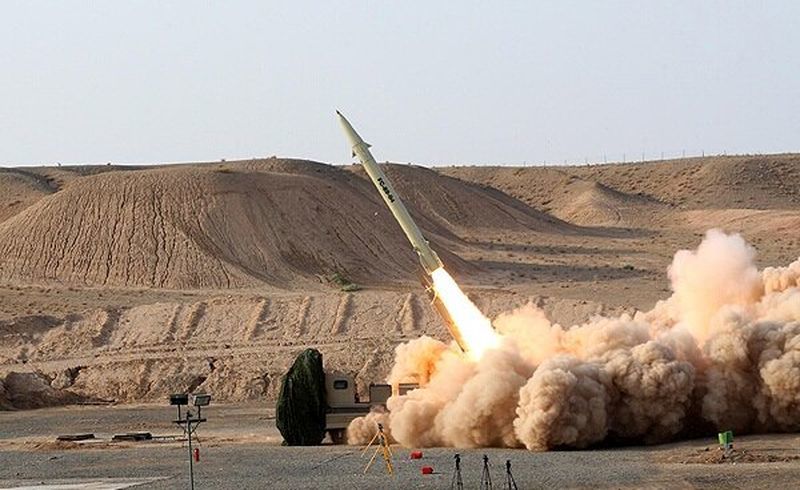
The development of the Fateh missile dates back to the early 2000s. The Fateh-110 is a single-stage, solid-fuel tactical ballistic missile. Due to its high precision, it replaced the Shahab-1 as a point-strike tactical weapon. The maximum range of this missile type is approximately 300 kilometers.
It employs an inertial guidance system along with supplementary technologies for improved targeting accuracy. The missile is powered by a single-stage engine. On September 8, 2018, the Islamic Revolutionary Guard Corps (IRGC) targeted the command headquarters of the Democratic Party of Iranian Kurdistan with seven Fateh-110 missiles, resulting in the elimination of 16 senior members of the group.
5. Qiam Missile
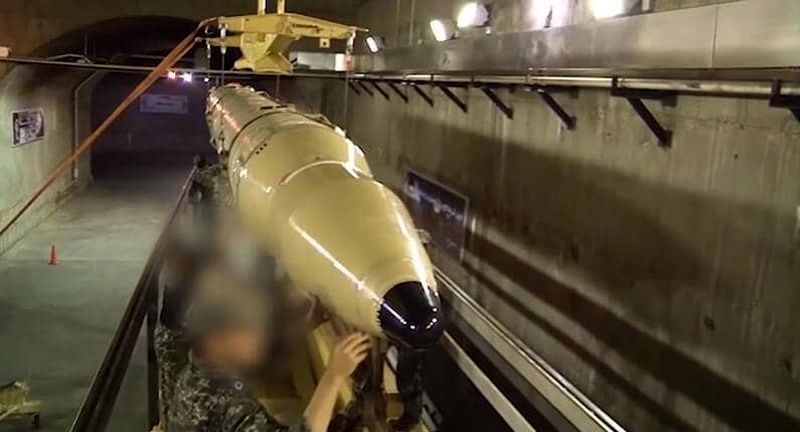
The Qiam missile was officially unveiled on August 20, 2010. With a range of 800 kilometers, it is launched from a mobile launcher. The Qiam features highly advanced stabilization technology, which has allowed for the removal of external fins—thereby reducing its radar cross-section and enhancing its stealth capabilities. This design feature significantly improves the missile’s radar evasion potential.
6. Zolzal Barrage Missile
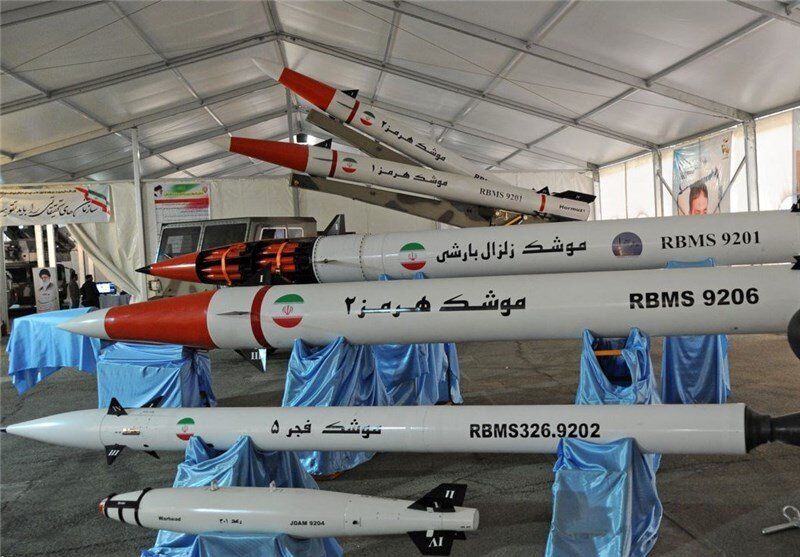
The Zolzal Barrage missile is a guided missile developed based on the Zelzal rocket. It has a range of 300 kilometers. The first announcement of its production was made in 2012 by then-IRGC Commander-in-Chief Major General Mohammad Ali Jafari.
The missile features triangular control fins at both the front and rear of its body. According to available information, it is produced in two variants: the first is equipped with 30 unguided submunitions, each weighing 17 kilograms; the second version carries four guided submunitions weighing 100 kilograms each, mounted on the warhead.
The Zolzal Barrage missile is designed to destroy enemy facilities and assets such as airports, military vehicles, aircraft, helicopters stationed at airbases, or enemy air defense systems.
This missile was first unveiled on May 11, 2014, during a visit by the Supreme Leader to an exhibition showcasing the achievements of the IRGC Aerospace Force.
7. Fateh-313 Missile
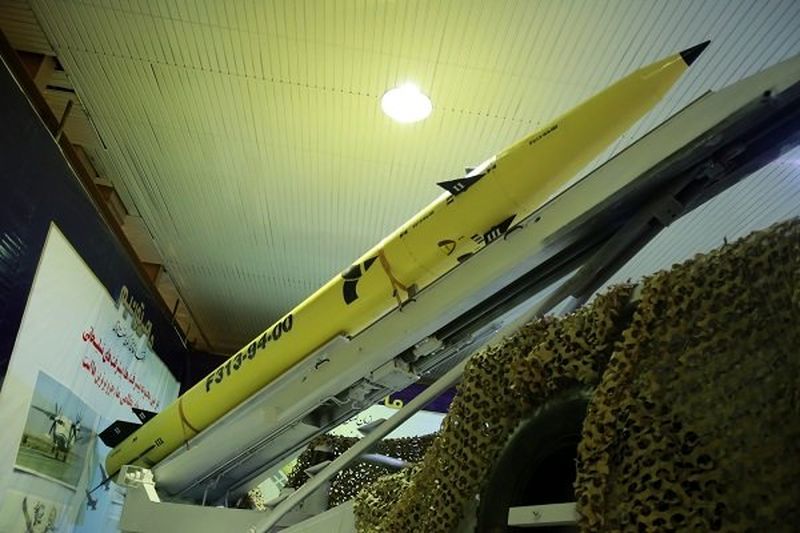
The Fateh-313 is a longer-range version of the Fateh-110 missile, with a maximum range of 500 kilometers. It features a lighter airframe and was officially unveiled on August 22, 2015. This missile uses composite solid fuel, enhancing both its performance and deployment readiness.
The missile’s precision and accuracy were prominently demonstrated during Operation Martyr Soleimani. On January 8, 2020, in retaliation for the U.S. military's assassination of Lieutenant General Qassem Soleimani, commander of the IRGC Quds Force, the IRGC Aerospace Force used the Fateh-313 missile to strike Ain al-Asad Airbase in Iraq’s Al Anbar Province—one of the most strategically significant U.S. military installations in the region.
8. Zulfiqar Missile
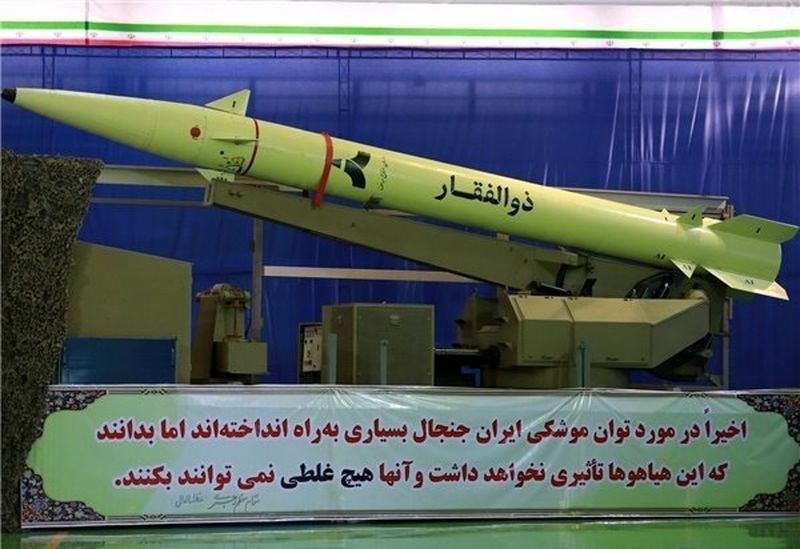
The Zulfiqar is a single-stage, solid-fuel, surface-to-surface ballistic missile with a range of 750 kilometers. It offers greater targeting accuracy than the Fateh-110 and Fateh-313 missiles. While structurally similar to the Fateh-313, the Zulfiqar is equipped with a smaller warhead and modified guided fins.
This missile is designed for angled (quasi-ballistic) launch and can strike targets up to 700 kilometers away. Key features of the Zulfiqar include its mobile and self-propelled launch platform, radar-evading capability, high-precision strike accuracy, and lightweight, tactical design.
The Zulfiqar missile was used by the IRGC Aerospace Force in operations targeting the command centers of ISIS in Syria.
9. Hormoz-1 and Hormoz-2 Missiles
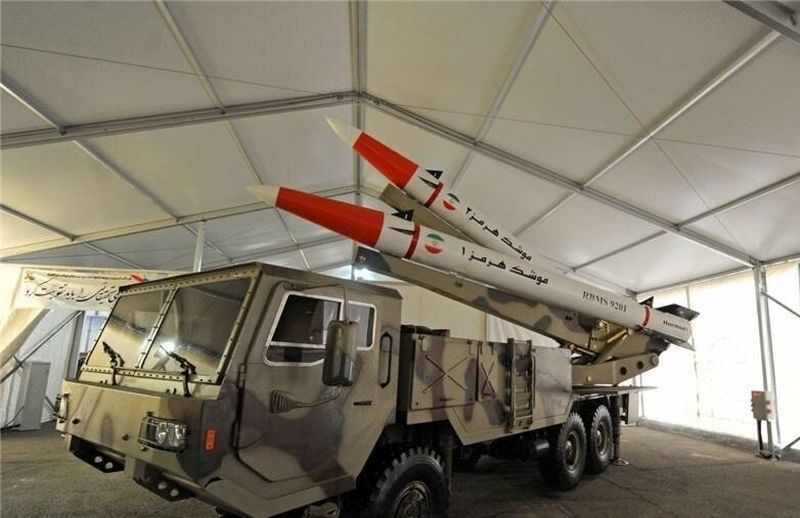
Hormoz-1 and Hormoz-2 are among Iran’s anti-ship and surface-to-surface ballistic missiles, first unveiled in May 2014 during a defense achievements exhibition attended by the Commander-in-Chief of the Armed Forces.
Hormoz-1 is an anti-radar ballistic missile with significant structural similarity to the Persian Gulf missile and the Fateh-110 family. It has a range of 300 kilometers and is equipped with a warhead weighing between 450 and 500 kilograms.
Hormoz-2, likewise, is a ballistic missile intended for anti-ship operations. It features a warhead of approximately 450 kilograms, a top speed of around Mach 5, and flight characteristics comparable to the Fateh-110 and Persian Gulf missiles.
10. Qadr-F Missile
The Qadr-F is a long-range liquid-fueled ballistic missile with a range of 2,000 kilometers. It can be fitted with a variety of warheads, including cluster munitions and high-explosive variants, and is capable of delivering precise strikes over long distances.
In March 2016, during the "Eqtedar-e Velayat" missile drills, two Qadr missiles—Qadr-F and Qadr-H—were launched from the Alborz mountain range toward designated targets along the Makran coastline. The Qadr-F missile carried the widely publicized slogan “Israel must be wiped off the face of the earth” inscribed in Hebrew.
The Qadr-F has an approximate range of 2,000 kilometers, a total weight of 17,458 kilograms, and a warhead weighing 640 kilograms.
11. Emad Missile
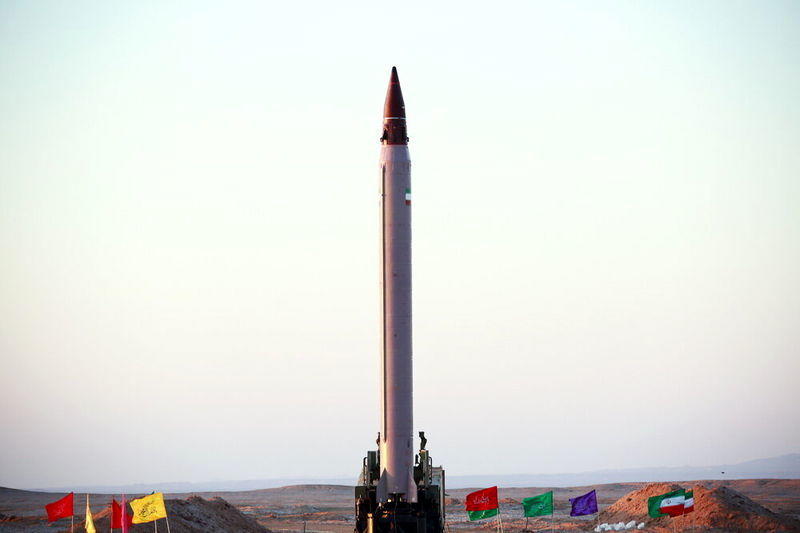
One of Iran’s most significant defense achievements in 2015 was the successful test of the Emad ballistic missile under challenging regional and international conditions. On the eve of Muharram, the devout children of the great Iranian nation within the Ministry of Defense successfully tested the long-range Emad missile, a new generation of ground-to-ground ballistic missiles of the Islamic Republic of Iran.
This test was a major milestone achieved at a time when the United States and its allies were focused primarily on restricting Iran’s missile industry.
The Emad missile, whose entire design and manufacturing process was carried out by scientists and experts from the Aerospace Industries Organization of the Ministry of Defense, is Iran’s first long-range missile capable of guidance and control until the moment of impact. It can accurately strike intended targets and completely destroy them.
The design, construction, and successful testing of the Emad missile represent a technological and operational leap forward in this strategic domain. This test also disproved Western assumptions that the Islamic Republic of Iran would halt the development of its missile capabilities.
12. Sejjil Missile

The Sejjil missile is Iran’s first long-range solid-fuel missile, equipped with a two-stage engine capable of destroying targets at a range of 2,000 kilometers. Prior to the unveiling of the Khorramshahr missile, Sejjil was considered the most advanced missile developed by Iran, owing to its use of solid fuel and its ability to carry a warhead weighing 650 kilograms. The missile’s high speed in its terminal phase, approximately 14 times the speed of sound, makes it immune to various ballistic missile defense systems.
Sejjil Missile Launch
The maximum range of the Sejjil missile is 2,000 kilometers, with a total weight of 23,540 kilograms, a length of 18.21 meters, and a warhead weighing 650 kilograms. It operates with solid fuel.
13. Khorramshahr Missile
The Khorramshahr missile is among the latest ballistic missile achievements unveiled by the Islamic Republic of Iran. It was revealed during the parade on September 22, 2017 (31 Shahrivar 1396 in the Iranian calendar). This missile has a design that differs significantly from other Iranian missiles, though detailed technical specifications have not been widely disclosed. It has a range of 2,000 kilometers and the capability to carry multiple warheads weighing up to 1,800 kilograms, greatly increasing its destructive power compared to other missiles.
According to the commander of the Aerospace Force of the IRGC, the missile’s smaller size enables its tactical deployment.
Unveiling of the Khorramshahr Missile at the September 22, 2017 Parade
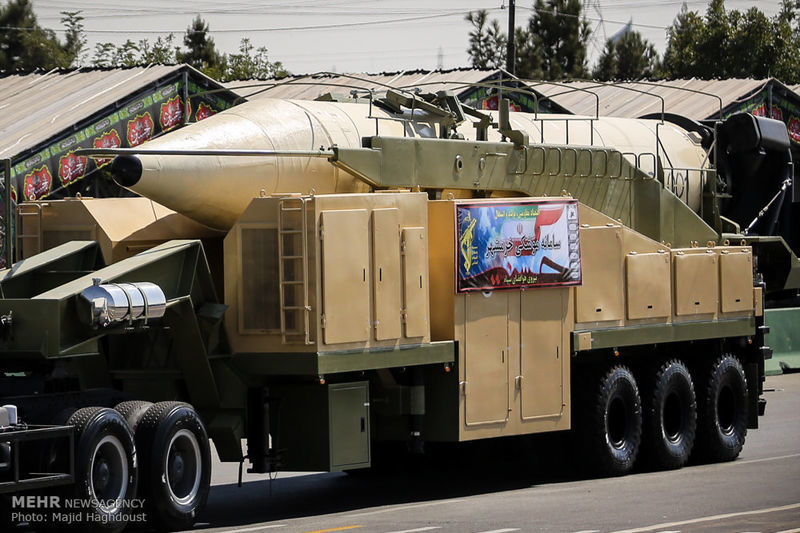
14. Dezful Missile
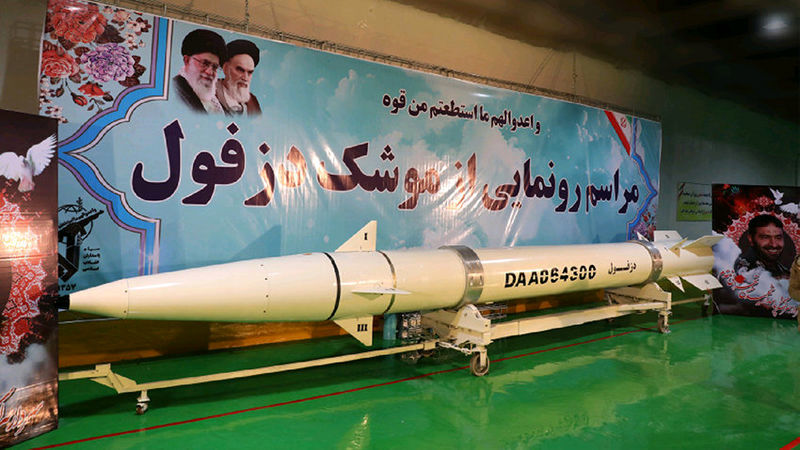
The intelligent ground-to-ground ballistic missile "Dezful" was unveiled in 2018 (1397) during the Fajr Decade celebrations, in a ceremony attended by Major General Mohammad Ali Jafari, then Commander-in-Chief of the IRGC, and Brigadier General Amir Ali Hajizadeh, Commander of the IRGC Aerospace Force, at the underground missile production factory of the IRGC.
Major General Jafari said at the event regarding the unveiling of this underground factory producing the IRGC’s precision-guided ballistic missiles for the first time:
"The unveiling of this missile production city deep underground is a response to the Western bluster, who believe they can limit us through sanctions and threats and deter us from our lofty goals."
The Aerospace Force commander emphasized that the security of the Iranian nation is a red line for the armed forces and stated:
"Despite conspiracies and threats from enemies against the sacred system of the Islamic Republic, naturally we continue our progress. Today, in honor of the steadfastness and resistance of the brave people of Khuzestan, especially the heroic and resilient people of Dezful during the Sacred Defense, we unveiled the intelligent ground-to-ground missile 'Dezful,' which is the latest achievement and product of the Aerospace Force's research."
The Dezful missile belongs to the Zolfaghar missile family and has a range of 1,000 kilometers, equipped with newer technologies compared to Zolfaghar.
Brigadier General Hajizadeh stated:
"This important achievement is very close in size and geometry to the Zolfaghar missile; Zolfaghar has a range of 700 kilometers, but Dezful has a 1,000 kilometer range, an increase of 300 kilometers due to the application of new technologies in this defensive product. The destructive power of this missile is also twice that of the Zolfaghar missile, due to the types of materials used in its warhead."
15. Fateh Mobin Missile
On August 13, 2018 (22 Mordad 1397), in the presence of Brigadier General Amir Hatami, Minister of Defense and Armed Forces Logistics, a new generation of 100% Iranian missiles named "Fateh Mobin" was unveiled.
"Fateh Mobin" is equipped with an advanced intelligent seeker with pinpoint accuracy capabilities on land and at sea.
Amir Hatami described "Fateh Mobin" as an agile, radar-evading, tactical, and pinpoint missile capable of detecting and hitting specific targets on land and sea at all times of day and night, under all environmental and enemy electronic warfare conditions.
"Fateh Mobin" can be considered the advanced generation of Iran’s short-range precision missiles. Previously, the "Fateh 110" and "Fateh 313" missiles were produced by Iranian aerospace experts and had been integrated into the armed forces’ arsenal.
16. Raad 500 Missile
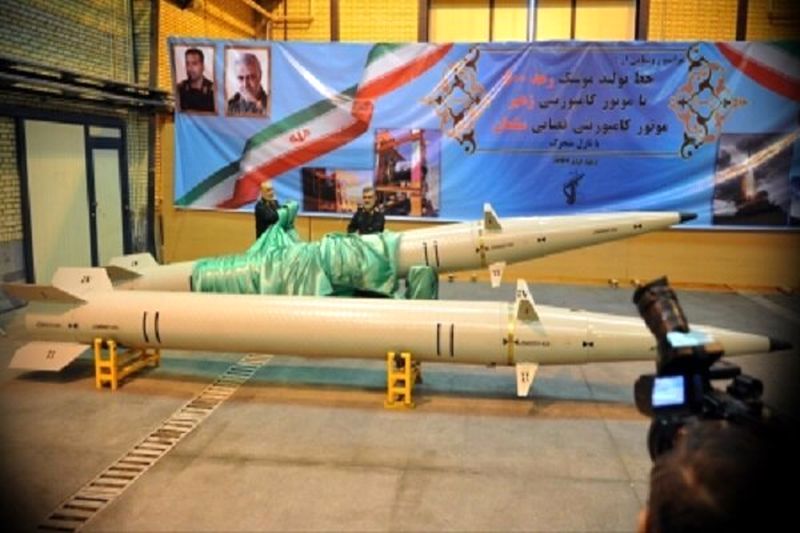
The Raad 500 missile, featuring the composite “Zoheir” engine and a new generation of rocket and satellite launch vehicle propulsion systems, was unveiled on Sunday, February 9, 2020 (20 Bahman 1398), in a ceremony attended by Major General Hossein Salami, Commander-in-Chief of the IRGC, and Brigadier General Amir Ali Hajizadeh, Commander of the IRGC Aerospace Force.
According to reports, alongside the unveiling of the agile Raad 500 missile, a new generation of composite, non-metallic rocket bodies was also introduced.
The use of carbon fiber body technology enables the missile to withstand pressures up to 100 atmospheres and temperatures of 3,000 degrees Celsius, allowing the production of significantly lighter missiles.
Compared to the steel-bodied Fateh 110 missile, the Raad 500 weighs half as much while gaining an additional 200 kilometers in range.
Moreover, the Aerospace Force showcased rocket engines with movable nozzles, combining two major achievements: composite missile bodies and movable nozzles. This innovation allows the use of solid-fuel engines beyond the atmosphere.
This breakthrough enables the manufacturing of lightweight solid-fuel satellite launch vehicles, ground-to-ground missiles with reduced radar cross-sections, and maneuverable missiles designed to evade missile defense shields. It also reduces costs, increases production capacity, simplifies manufacturing complexity, and marks a generational leap in missile technology.
Send Comments